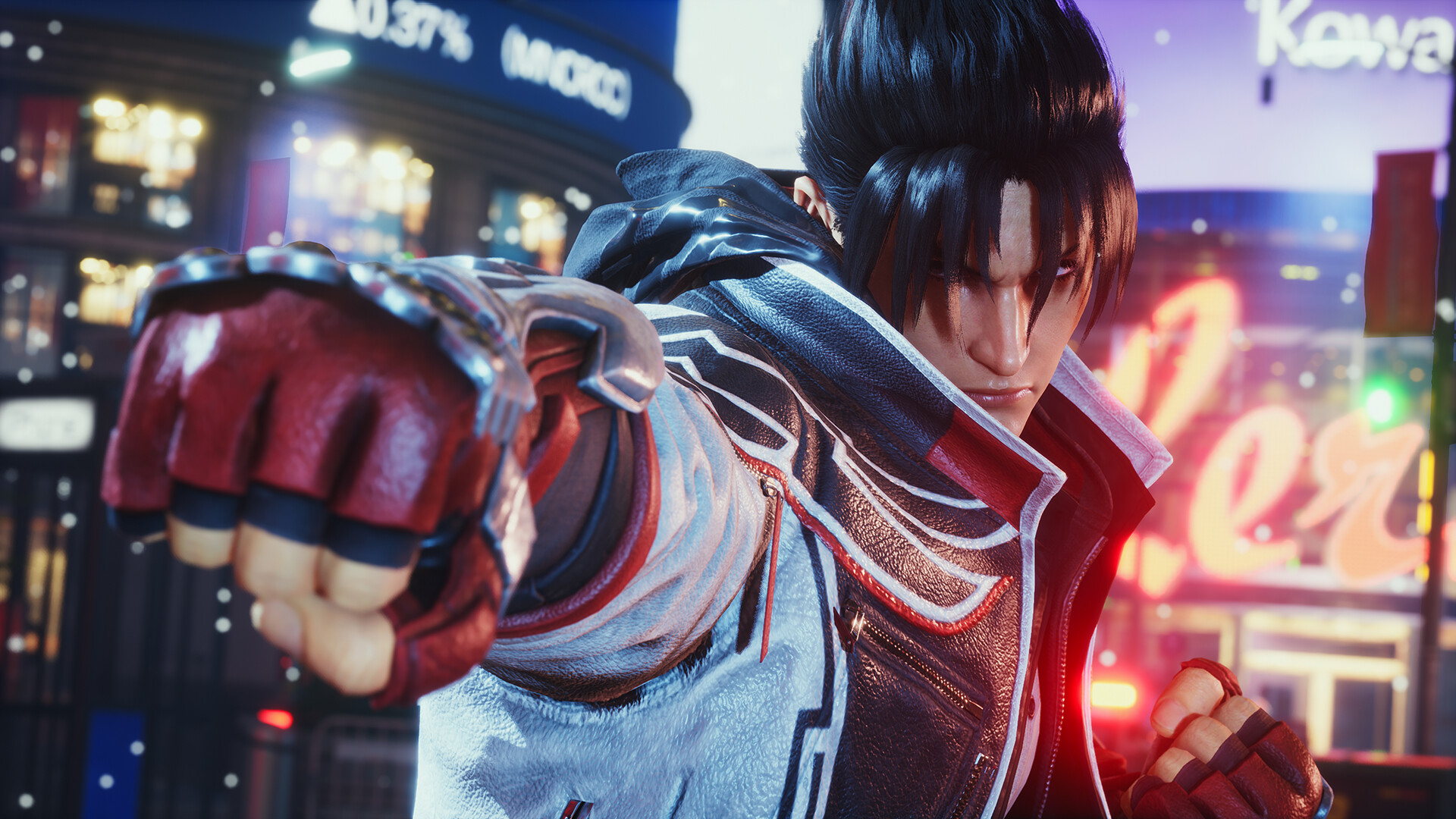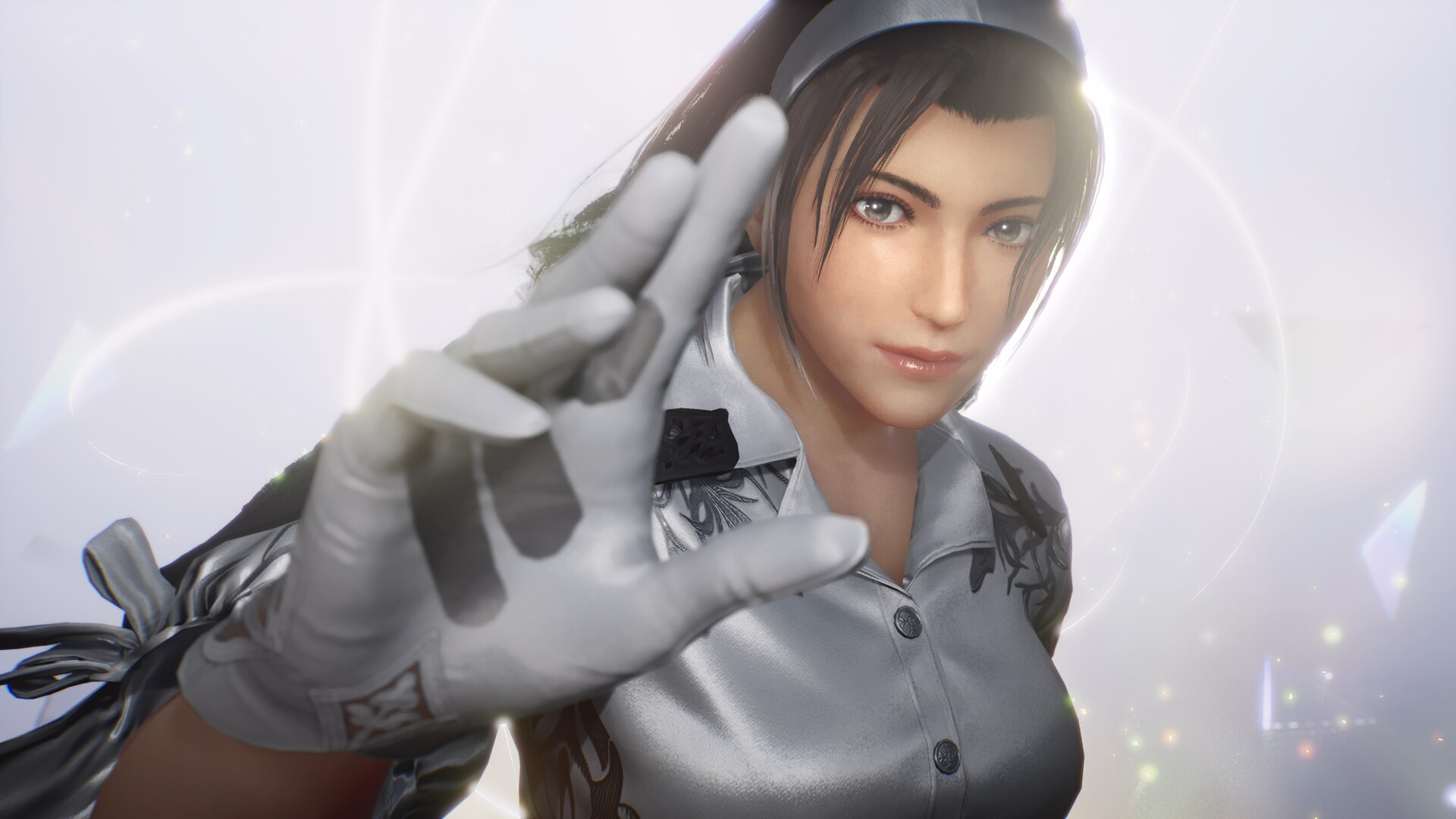[ad_1]
Tekken is one of the most respected and revered fighting game franchises of all time, and Bandai Namco has managed to stay relevant over several decades thanks to an engaging story and significant gameplay updates. After a long and arduous wait, Tekken 8 it’s finally here, and it feels like a bold step into the franchise’s future.
Tekken 8 not only does it bring a ton of changes to the gameplay loop, but it also boosts the visual presentation by a significant margin. While that’s to be expected from a release gap that spans nearly seven years, it’s always interesting to really get down to the nitty gritty and take a look at what’s changed under the hood. With this function, we will do a complete graphical analysis Tekken 8comparing it to what was there before, and also talking about performance metrics.
Tekken 8 vs Tekken 7: Game Engine and Overview
In the same way that Tekken 7 before, Tekken 8 it also uses Epic Games’ Unreal Engine to power its visuals. But unlike Tekken 7 which used Unreal Engine 4, Tekken 8 has switched to a render pipeline based on Unreal Engine 5 and the differences are quite substantial. Everything from texture work to lighting and reflections to particle effects has seen a significant increase in quality. Tekken 7.
That said, there’s a general feeling that Bandai Namco hasn’t fully utilized the power of Unreal Engine 5 with this latest fighter, and there seems to be some truth to that. As revealed by the developer, Tekken 8 it doesn’t make use of certain UE5-specific features like Nanite and Lumen to avoid performance pitfalls, and those things are pretty obvious in the final presentation.
Character models

Like any other fighting game, Tekken 8 he pays a lot of attention to how his character models are rendered. Take a look at Tekken 7 where we can see what appears to be a fairly rudimentary use of physically based materials for clothing and equally primitive hairnets. They had looked pretty good for the time, but they definitely pale in comparison to what we have Tekken 8.
Thanks to a switch to the next generation of consoles, Tekken 8 it has a lot of graphics power to play with. And the developer makes excellent use of this added luxury to create character models full of detail on all fronts. The skin meshes are very complex with a high polycount, and the physical base materials of the clothing have much more detail than before. In addition to this, there are also several improvements on the hair physics front, with strands of hair looking and functioning realistically.
environments
As is the case with character models, the stages of a fighting game com Tekken 8 they play an important role in shaping the overall visual presentation. Tekken 8’s wide array of diverse stages has tons of interesting details plastered over it, ranging from backdrop geometry to destruction mechanics and more.
Take for example the opening stage where we see several volumes of smoke rising in the background, a police vehicle on fire and a pile of debris which adds a lot of detail to any stage. The quality of assets in general has seen a significant increase, and there is also a significant improvement in how distant objects in the stage are rendered, which now have much more detail than Tekken 7 and look much more convincing as a result .
Tekken 8 also seems to focus heavily on destruction, which helps sell the impact of every fatal blow and punch you land on your opponents. The stage slowly and steadily morphs into a crumbled version of itself as the rounds continue to progress, and each fall is accompanied by a wave of dust that blows up from the cool-looking character.
Lighting and reflections
Tekken 8 It is confirmed not to use Unreal Engine 5’s Lumen technology, so it’s quite possible that the game uses some kind of pre-baked lighting solution given the static nature of the stages, or uses global lighting without ray tracing It’s definitely not cutting-edge compared to other contemporaries using the same engine, but it looks good and packs a noticeable punch compared to Tekken 7.
The difference is most visible in how indirect lighting works, as you can see how light from different sources bounces off the screen to create a convincing look. The reflections also seem to take into account the transparency of the different materials, and this, combined with the general lighting effects, makes for some really great backdrops, rich in detail and character.
Further processing

The jump to Unreal Engine 5 could be more pronounced in the post-processing aspect Tekken 8. The post-processing pipeline has seen huge improvements, from alpha particles to motion blur and more. Starting with particle effects, Tekken 8 features high-quality alpha particles, and the game uses the extra power of current-gen consoles to flaunt this feature whenever possible. Motion blur is also of a fairly high quality, and we didn’t notice any artifacts or oddities at the edges of objects during our tests.
The game also makes generous use of volumetric smoke and looks pretty good in action, but not everything is great here. For example, the anti-aliasing looks like it could use some work, as you’ll find signs of upscaling artifacts quite easily. It’s clear that the game is rendered at a lower internal resolution and is being upscaled with an FXAA or MSAA solution to 4K, but the implementation isn’t really up to par.
Graphics modes, performance and load time
Switching to graphics modes, Tekken 8 on consoles it only includes a single graphics mode. As mentioned above, it internally renders the game at a lower resolution and upscales it to a target resolution of 4K while maintaining the target frame rate of 60fps. While having a 30fps fidelity mode wouldn’t make much sense in a game as fast as this one, the developer could have also opted for a secondary performance mode that runs at 1080p or 1440p at 120fps.
Going back to the beginning of the feature where we talked about how Tekken 8 does not use UE 5 specific features like Nanite or Lumen, these cuts were made with the perspective of maximizing performance. And we think it’s safe to say that performance in Tekken 8 is rock solid for the most part. During our testing, we didn’t encounter any noticeable frame drops, and the game was able to comfortably keep up with its performance targets.
Tekken 8 also makes good use of current-gen console SSDs to quickly load assets, and load times are quite fast in all modes. It takes a couple of seconds to go from the menus to the game, which is a big step up from Tekken 7, which could take almost half a minute for the same job.
conclusion
In conclusionTekken 8 it’s a solid step forward for the franchise and a sizable one Tekken 7′s visual presentation. It might not make the best use of Unreal Engine 5, but it strikes a great balance between visuals and performance that’s solid and rarely falters.
Source: gamingbolt.com
